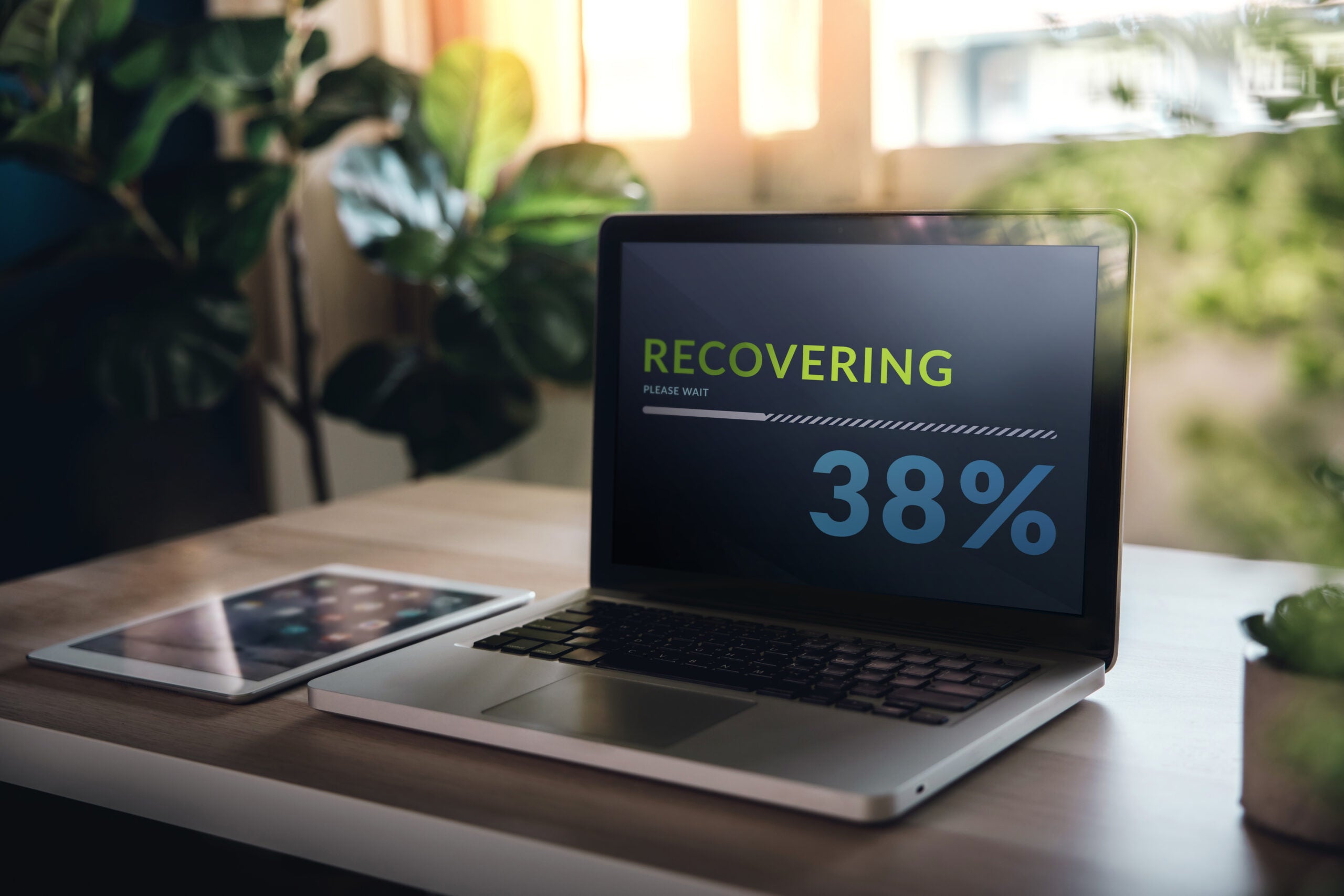
Disasters can strike small businesses without warning, and the impact they can have both on operations and on employee well-being can be devastating. These crises might range from natural events like floods, bushfires, or earthquakes to technological crises such as cyberattacks or prolonged power outages. Supply chain breakdowns or employee shortages caused by such events can further compound challenges, leaving businesses scrambling to recover. Therefore, disaster relief planning is an essential process not to be ignored.
There’s also no way around the fact that small businesses face unique vulnerabilities in the face of disasters compared to larger organisations. Limited resources and personnel often mean a slower recovery process, as well as a magnified financial and operational toll. Without a clear strategy in place, even a minor disruption can lead to significant setbacks or, in the worst cases, closure. Planning ahead is not just advisable—it’s essential for survival and resilience.
Here are some practical steps to help your small business develop a solid disaster relief plan:
Perform a Risk Assessment
Every business has unique vulnerabilities, shaped by its location, industry, and operations, and identifying these risks is the first step in building an effective disaster relief plan. Start by considering the most likely threats your business could face, whether they stem from extreme weather events, equipment failures, or supply chain disruptions. A clear understanding of these risks provides a foundation for targeted preparedness.
Beyond identifying potential disasters, assess how each could impact critical areas of your business. For example, flooding might render your workspace inaccessible, while a cyberattack could compromise sensitive data. In addition, it’s important to consider resource vulnerabilities, such as the availability of clean water or food supplies during an extended crisis. Installing a water hydration station, for instance, can address potential disruptions to water supply and keep your team hydrated during emergencies.
Once you identify the most pertinent risks, rank them by likelihood and potential impact. This will help you allocate resources effectively, so that your preparedness efforts address the most pressing concerns first.
Create a Business Continuity Plan
When disasters strike, a business continuity plan (BCP) serves as your blueprint for maintaining operations and minimising downtime. The strength of a BCP lies in its detail and relevance, so you’ll need to tailor it to your specific needs and vulnerabilities.
At its core, a BCP should identify critical business functions and the steps required to keep them running during a disruption. This includes listing essential personnel, defining their responsibilities, and establishing clear communication channels. In addition and when applicable, plan for alternative workspace arrangements in case your primary location becomes unusable.
The effectiveness of a BCP hinges on its practicality. Regularly review and update the plan to reflect changes in your business, such as new equipment, locations, or team members. Collaborate with employees during this process to ensure they are familiar with their roles and responsibilities. This way, you can be assured of a swift and coordinated response when needed.
Backup All Data Securely
In the digital age, ensuring the safety and availability of your data is a cornerstone of disaster preparedness. Data loss can cripple a small business, whether it’s caused by a cyberattack, hardware failure, or natural disaster. With a robust backup strategy, you can protect valuable information and also facilitate faster recovery.
Cloud-based solutions are among the most effective methods for securing data. These platforms allow you to store information remotely, which reduces vulnerability to physical damage at your business premises. Couple cloud storage with encryption to keep your data secure against unauthorised access. You can also maintain a local backup on external drives beyond the cloud if you need to add another layer of protection.
Be sure to also test your backup systems to confirm that they can restore your data quickly and accurately. With the right measures in place, your business operations can resume with minimal disruption even in the event of an emergency.
Review Insurance Coverage
Insurance is a vital safety net that can mitigate the financial strain of recovering from a disaster. However, not all policies offer the same level of protection, so review your coverage regularly to ensure it aligns with your business’s needs and risks.
Start by assessing whether your policy adequately covers property damage, equipment losses, and business interruptions. For example, while general liability insurance may protect against certain claims, it may not cover disasters like floods unless specified. Read the fine print carefully and consider supplementary coverage if gaps exist.
Beyond reviewing existing policies, maintain a comprehensive inventory of assets, including equipment, product stocks, and documents. Having detailed records will streamline the claims process and get you access to funds faster when you need them most.
Conduct Regular Employee Training and Drills
Your employees are critical to the success of your disaster relief plan. Even the most well-designed protocols will fall short if your team doesn’t know how to implement them during an emergency. Regular training ensures that every employee understands their role and is equipped to act decisively when needed.
Training should cover essential topics such as evacuation procedures, first-aid basics, and the use of emergency equipment. Tailor the content to suit your business’s specific risks; this will make it more relevant to your employees and secure their engagement more readily. Periodic drills are equally important, as they allow employees to practise their response in a controlled environment and identify any gaps in preparedness.
After each drill or training session, solicit feedback from participants. Use their input to refine your plans and address any weaknesses. Over time, this iterative process will create a workplace culture of readiness, where every employee feels confident in their ability to respond effectively to disasters.
Disaster preparedness is not just about safeguarding assets; it’s about ensuring the long-term resilience of your business and the safety of those who depend on it. The proactive steps you take today will equip you and your team with the skills, knowledge, and confidence needed to navigate uncertainties and minimise the impact of unexpected disruptions.
437 Views












